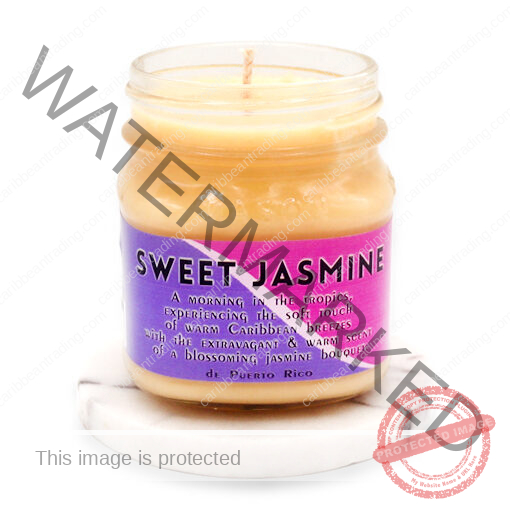Travel Tips
How to Use Your Cell Phone While on Vacation in the Caribbean
Warm weather and sandy beaches make every Caribbean vacation exciting. While enjoying margaritas you’ll probably want to snap some photos for your family and friends, send messages or call to check in. However, using your cell phone in a foreign country can be tricky. Planning ahead can spare you the grief of facing a massive phone bill once you get home. The good news is, there are easy ways to stay connected without spending too much money.
Check Your Phone Before You Travel
Before embarking on a trip, check if your phone is unlocked. Usually, the provider that sold you a phone has it locked so that you cannot use any other networks. An unlocked phone can use SIM cards from different companies, including ones in other countries. If your phone is locked, call your provider to unlock it for you; it just takes a few minutes and can save you from the hassle once you get to your destination.
Also, make sure that your phone works in the Caribbean. Granted, many modern phones do, but if you have an older model, it might have trouble connecting to local networks.
Careful With Roaming
Simply put, roaming means using your cell service while in a foreign country. If you’re traveling from the US or Europe, your phone might still work in the Caribbean, but it will connect to local networks, for which your service provider will charge you super high fees. Adding data usage to it, the bill could be of gigantic proportions.
Turning off roaming on the phone could save you from such a disaster.
Mobile providers are often offering roaming service for a fee, which is cheaper than just using roaming. However, there are more affordable options like an eSIM for the Dominican Republic, which provides data at local rates without needing to change your physical SIM card.
Use a Local SIM or eSIM Card
A great way to stay connected is to use a local SIM card or an eSIM which gives you a local number and access to data at much lower prices that your home country provider can’t match.
An eSIM is just a digital version of a SIM card meaning that you can simply scan a code and your phone will be connected to a local network. People usually purchase one online before they land so they are set up once they’re at the destination. It’s a hassle-free process that will get you up and running in no time.
ESIMs are particularly popular with tourists who are staying for a couple of weeks and don’t want to visit stores. Many travelers look for the best eSIM in Costa Rica and other Caribbean countries to get reliable data for maps, social media, and calls without worrying about roaming charges. Make sure to choose the ones that best suit your vacation preferences. For instance, some plans offer more data but only work in certain urban areas, while others have better coverage but slower speeds. Do your homework before landing so that you can enjoy a vacation from the get go.
Use Wi-Fi Whenever You Can
Wi-Fi is mostly free across the Caribbean, including hotels, airports, bars, and various cafes. Turning on airplane mode and then connecting to the local WI-Fi will ensure that you won’t be charged extra for using data but will still have access to all the apps, since they work with the internet, not with mobile networks, so calls and messages will be free of charge.
If you plan to spend most of your time at your hotel or resort, using Wi-Fi might be enough. However, if going out on an adventure it would be best to download information beforehand.
Save Your Mobile Data
All local eSIM cards come with a certain local limited data plan. In the Caribbean it’s usually 5GB or 10GB and if you go over, the internet might slow down significantly or just stop working altogether.
To save data, turn off background data in your phone settings as this will stop apps from using the internet when not needed. You can also turn off automatic updates and avoid watching too many videos while on mobile data. Instead, download music, movies, maps and everything else you might need before leaving for a vacation.
Download Travel Apps
To make your vacation even more enjoyable, download travel apps that can help you get around, suggest landmarks worth visiting, suggest activities, book transportation, make restaurant reservations, and translate local language.
This saves time and avoids the need to download anything on slow or expensive data connections.
Google Maps will allow you to search and download maps on your phone, so you don’t have to use a local provider’s data plans to find your way in a foreign country. Also, it might be smart to download a currency converter app to keep track of your finances and prevent doomspending.
Keep Your Phone Safe
Phones are easy to lose or damage but losing your phone while traveling is a whole other level of misery which can easily ruin your trip. So, make sure your phone is in the pocket with a zipper, or in a plastic bag. Also, never leave your phone at the beach while going swimming or doing any other activity, that’s why you booked a hotel room.
You should also back up your phone before your trip, so if your phone gets lost, stolen or broken, you won’t lose every photo, video or contact.
Charging and Plugs
Many Caribbean countries use the same plugs as the US, but if you’re coming from another country make sure to bring an adapter.
It’s also smart to bring a portable charger or power bank so that when you’re out all day at the beach or on a tour, your battery doesn’t run out.
Final Take
Using your phone while on vacation in the Caribbean doesn’t have to be complicated. Plan ahead, and you should be safe from any problems. Proper preparation will allow you to share your trip online with loved ones and make the most of your Caribbean vacation.







